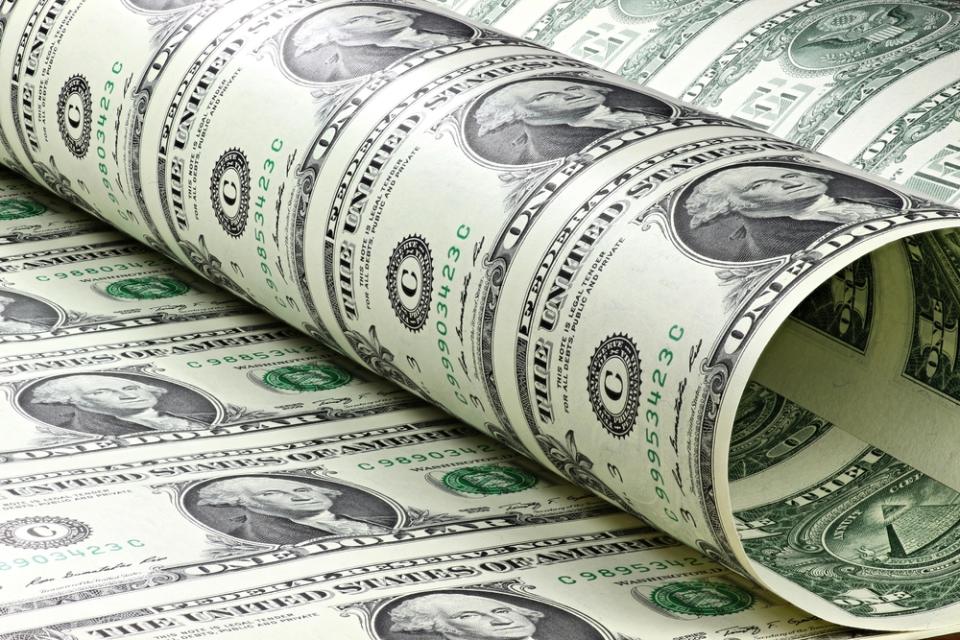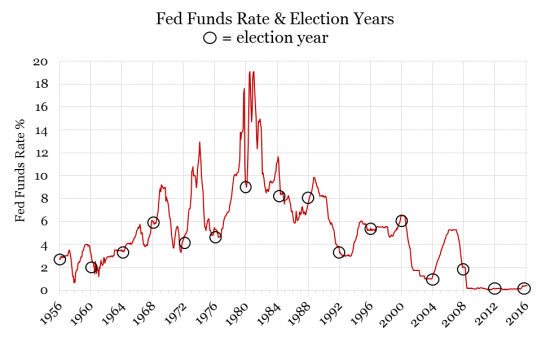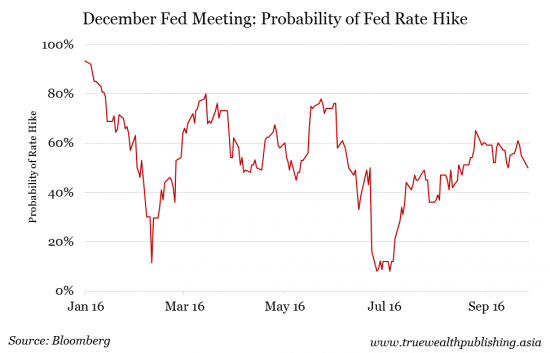If history holds, U.S. interest rates will start rising soon

Based on the relationship between U.S. presidential elections and interest rates, U.S. interest rates should be heading higher soon. As shown below, after 9 of the last 15 U.S. elections (since 1956), U.S. interest rates have gone up within the following year. For 10 of the last 15 elections, rates have gone up within 18 months. So if history holds, we can expect U.S. interest rates to climb over the year and a half after the upcoming November 8 election in the U.S. However, of the 5 elections over the past 60 years that were not followed by rising rates within 18 months, three of them have been the past three U.S. elections. That’s been because of the highly unusual, by historical standards, economic times of the past eight or so years, featuring trillions of U.S. dollars spent on quantitative easing (QE) to help the U.S. and world economies recover from the global financial crisis.

The “interest rate” I’m talking about is the federal funds rate. This is the rate the U.S. Federal Reserve (the Fed), or central bank, charges to lend money to other U.S. banks. It’s currently set at a range of 0.25-0.50 percent. It was last raised in December, which was the first time it was increased since before the global economic crisis. At the time, the Fed suggested that it would raise interest rates four times in 2016. But it hasn’t yet. When the Fed met a few weeks ago, it decided to leave rates as they were. But some of the indicators that the Fed looks at, including unemployment rates, growth, and inflation, are pointing in the right direction. The next meeting of the Fed is on November 1-2. But many market watchers predict the Fed will raise rates at its meeting in December. As shown below, the current probability of a December rate hike, based on what futures contracts are saying, is about 50 percent.

Why U.S. interest rates matter to Asia Central banks around the world often follow the lead of the Fed – it’s the central bank for the world’s largest economy, so it sets the tone for central banks everywhere. In recent years many countries have experienced a long period of low interest rates – some countries now even have negative interest rates. One way the decisions of the Fed affects the rest of the world has to do with the U.S. dollar. If U.S. interest rates move higher, it makes the U.S. dollar more attractive, because investors would now earn more interest owning U.S. dollars. This causes the value of the U.S. dollar to climb versus other currencies. A stronger U.S. dollar also makes commodities and imports more expensive for countries that don’t use the U.S. dollar – like most Asian countries – and these higher prices can hurt economic growth. Politics play a role Any hint of a hike in interest rates in recent months pushed stock markets – in the U.S. and elsewhere – down sharply. Investors have been concerned about the impact of higher interest rates on economic growth, and of the reduced attractiveness of stocks relative to bonds (which would offer improved rates). With U.S. presidential elections looming in early November, the last thing that the Democratic party, which is currently in power, would want is a sudden and sharp fall in stock markets – just days before the presidential election. Like many central banks, the U.S. Federal Reserve is – on the surface – free from political pressures, and politics aren’t supposed to play a role in interest rate decisions. The Wall Street Journal last week quoted Federal Reserve chairwoman Janet Yellen saying, “I can say, emphatically, that partisan politics plays no role in our decisions about the appropriate stance of monetary policy. We are trying to decide what the best policy is to foster price stability and maximum employment and to manage the variety of risks that we see as affecting the outlook.” But Fed governors are political appointees. They have a good, well-paying job that most of them would like to keep. So it’s only human nature for politics to be involved in decisions that are critical to politicians. In part because of this, it’s highly unlikely that they’ll raise interest rates in early November. Eventually, interest rates will need to rise. The global economy is addicted to the adrenaline of cheap money that’s kept the global economy growing. As we wrote in March, the question is whether ever-greater doses of adrenaline will still work, or for how much longer.

Kim Iskyan

 Yahoo Finance
Yahoo Finance 
